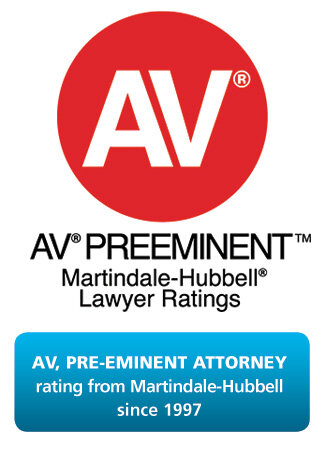Fulton Tool and Die, Inc.
Hypothetical created to show how to maximize tax benefits using a complete buyout of a C corporation shareholder, followed by a corporate S election-
Mr. Fulton owns 100% of the shares of Tool & Die, Inc., a Sub Chapter C company worth $6 million. Mr. Fulton is getting older and would like to sell his company and enjoy the proceeds. If he sells to an outside buyer, he will pay taxes, perhaps at the 20% rate, on his net long-term capital gain. If his original basis in the stock was -0-, he would pay $1,200,000 and keep $4,800,000 after taxes.
If the company, instead of an outsider, buys him out by borrowing money or using cash reserves, Mr. Fulton faces the same tax sting. In addition, the payments will not be deductible to the company and might impoverish it (perhaps making it impossible for the company to complete a gradual buyout).
These problems can be avoided if Mr. Fulton creates a company ESOP. The ESOP finances the purchase with company contributions, or by borrowing from a lender through the ESOP. The company typically would guarantee the loan. The purchase price of the stock is set by an independent appraisal. If Mr. Fulton initially sells at least 30% of outstanding company stock to the ESOP, he can “rollover” the proceeds of the sale into stock or bonds in U.S. companies and avoid paying any tax on the proceeds unless and until he sells that “replacement” stock. Any replacement stock that remains in his estate until his death may get a stepped-up basis (depending on applicable estate tax laws in the year of death). Where the stepped up basis applies, the capital gain is never taxed.
The company deducts the full amount of contributions to the ESOP used to buy Mr. Fulton’s stock, or to make interest and principal payments, within limits, on a loan used to buy Mr. Fulton’s stock. If the company is taxed at a corporate rate of 36%, this deduction would mean that $2,160,000 (36% of $6 million) of the cost of cashing out Mr. Fulton would be paid out of company funds that otherwise would have been used to pay taxes.
The stock is held in trust for employees. When they retire or leave the company they are paid their vested and allocated stock or the cash value of that stock, usually in installment payments over five years (or longer if the company stock was purchased with borrowed funds).
There are several permissible vesting schedules so that employees who leave with less than five years of service need not get any stock upon termination.
The net result is:
Mr. Fulton defers (and perhaps avoids) $1,200,000 in taxes on his capital gains. If he wishes, he can retain control over his company while he gradually sells to an ESOP over many years.
The company saves more than $2.1 million by deducting the $6 million in ESOP contributions used to buy stock. This savings over the years should strengthen the value of company stock as the buyout proceeds, and enhance the ability of the company to raise the cash needed to purchase the owner’s stock.
The employees become beneficiaries of a trust that holds stock in their company. They each have an individual stock account in that trust.
If the Company then makes an S election after all Mr. Fulton’s stock has been sold to the ESOP, the Company will not pay income taxes on its retained earnings as they accrue in the ESOP. Rather it will make distributions from the ESOP to participants upon their termination of employment, at which time the employees will owe taxes on the value of the ESOP stock.




